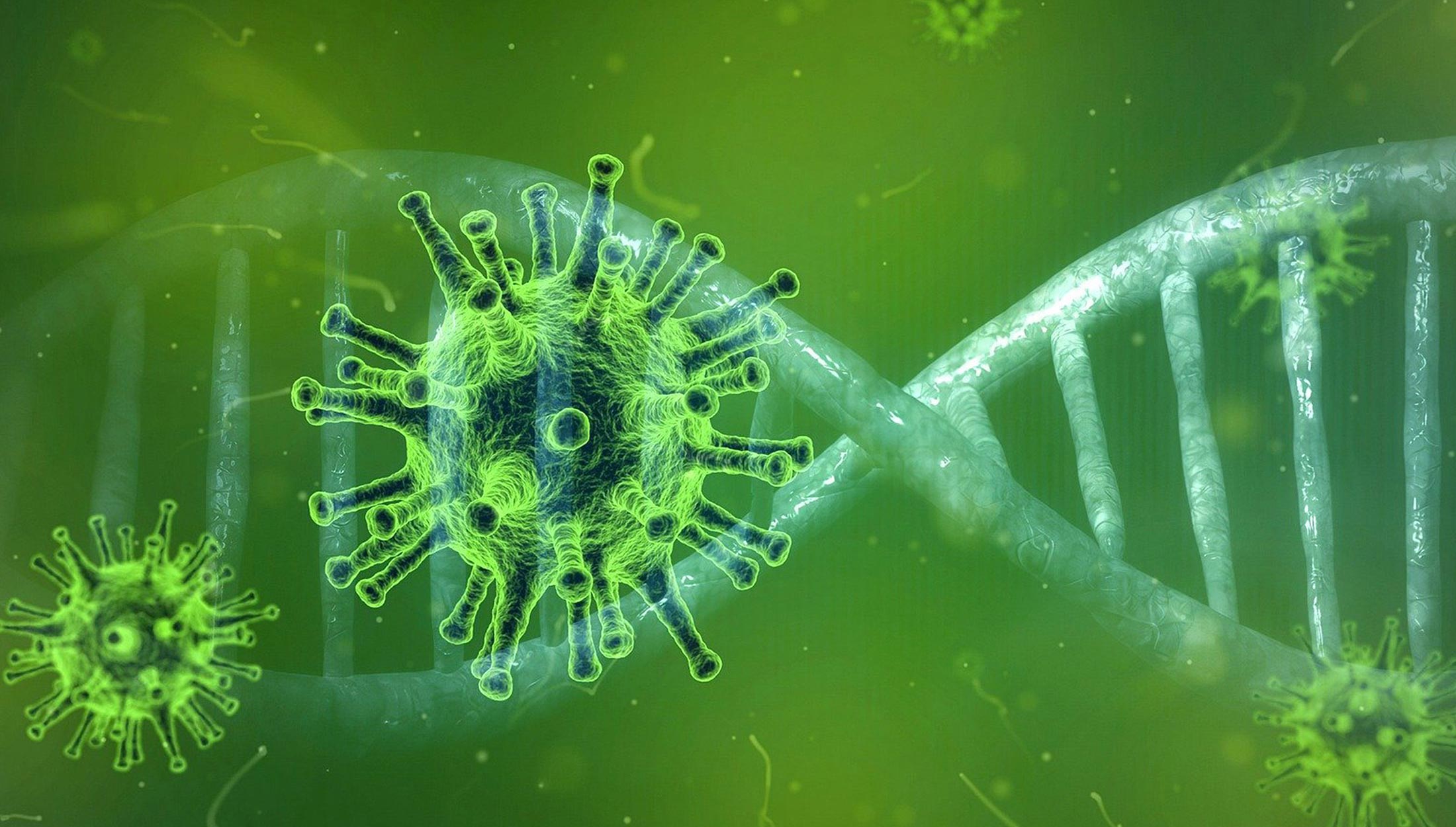Discovery of the shape of the SARS-CoV-2 Genome after infection could re-inform COVID-19 Treatments.
Scientists from Cambridge University, in collaboration with Justus Liebig University in Germany, have discovered how the genome of SARS-CoV-2 – the coronavirus that causes COVID-19 – uses genome origami to successfully infect and replicate host cells . This could influence the development of effective drugs that target specific parts of the virus genome in the fight against COVID-19.
SARS-CoV-2 is one of many coronaviruses. All have the property of having the largest single strand RNA Genome in nature. This genome contains all of the genetic code the virus needs to produce proteins, evade the immune system, and replicate in the human body. Much of this information is contained in the 3D structure that this RNA genome adopts when cells are infected.
The researchers say that most of the current work searching for drugs and vaccines for COVID-19 has focused on fighting the proteins of the virus. Since the shape of the RNA molecule is critical to its function, direct alignment of the RNA with drugs to disrupt its structure would block the life cycle and stop virus replication.
In a study recently published in the journal Molecular cellThe team uncovered the entire structure of the SARS-CoV-2 genome in the host cell, revealing a network of RNA-RNA interactions that span very long stretches of the genome. Various functional parts along the genome must work together despite the great distance between them, and the new structural data shows how this is achieved to enable the coronavirus life cycle and cause disease.
“The coronavirus RNA genome is about three times the size of the average viral RNA genome – it’s huge,” said lead author Dr. Omer Ziv from the UK’s Gurdon Institute of the Wellcome Trust / Cancer Research UK at Cambridge University.
He added, “Researchers previously suggested that remote interactions along the coronavirus genome are critical to their replication and the production of the viral proteins, but until recently we did not have the right tools to fully map these interactions. After understanding this network of connectivity, we can devise ways to effectively address it with therapeutics. ”
In all cells, the genome contains the code for the production of specific proteins, which are made when a molecular machine called a ribosome runs along the RNA and reads the code until a stop sign tells it to stop. With coronaviruses, there is a special point where the ribosome only stops 50% of the time before the stop sign. In the other 50% of the cases, a unique form of RNA causes the ribosome to jump over the stop sign and produce additional viral proteins. By mapping this RNA structure and its associated interactions over the long term, new research is uncovering the strategies that coronaviruses use to produce their proteins in order to manipulate our cells.
“We show that interactions occur between sections of SARS-CoV-2 RNA that are very far apart and we can monitor these interactions as they occur during SARS-CoV-2 early replication,” said Dr. Lyudmila Shalamova, a staff member – lead investigator at Justus Liebig University.
Dr. Jon Price, a postdoctoral fellow at the Gurdon Institute and co-leader of this study, has developed a free interactive open access website that hosts the entire RNA structure of SARS-CoV-2. This allows researchers around the world to use the new data to develop drugs to target specific regions of the virus’s RNA genome.
The genome of most human viruses is made up of RNA rather than RNA DNA. Ziv developed methods to study such long-range interactions between viral RNA genomes in host cells in order to understand the genome of the Zika virus. This has proven to be a valuable methodological basis for understanding SARS-CoV-2.
Reference: “The short- and long-range RNA-RNA interactome of SARS-CoV-2” by Omer Ziv, Jonathan Price, Lyudmila Shalamova, Tsveta Kamenova, Ian Goodfellow, Friedemann Weber and Eric A. Miska, November 5, 2020, Molecular cell.
DOI: 10.1016 / j.molcel.2020.11.004
This research is a collaborative study between the group led by Professor Eric Miska at the Gurdon Institute and the Department of Genetics at Cambridge University and the group led by Professor Friedemann Weber from the Institute of Virology at the Justus Liebig University in Giessen. The authors are grateful for the support of the Department of Biochemistry at the University of Cambridge, which has provided dedicated laboratory facilities to carry out some of this research.
The work was funded by Cancer Research UK, Wellcome and the German Research Foundation (DFG).



